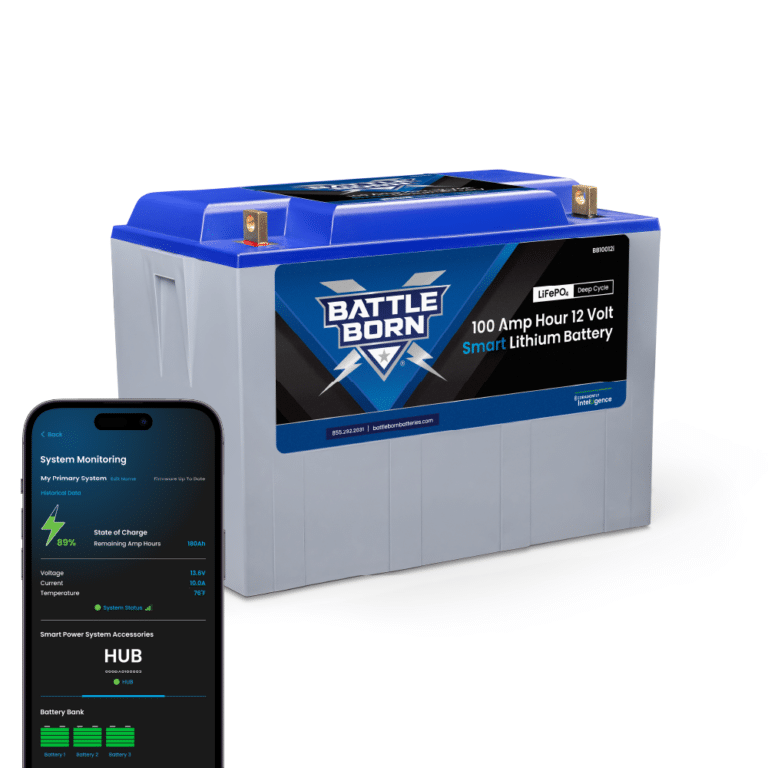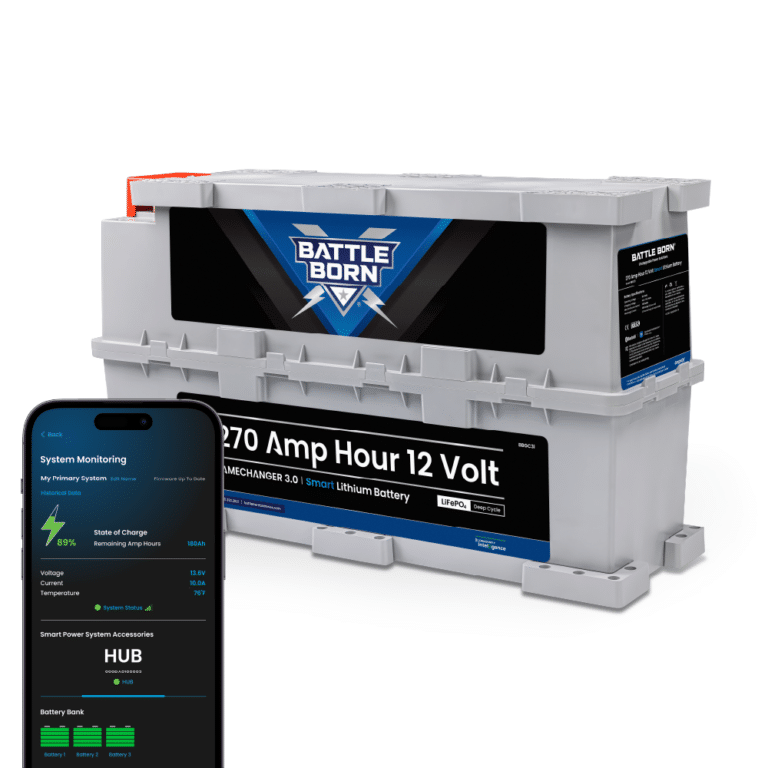
MENUMENU
TALK TO AN EXPERT
Special Hours: 7AM – 6PM PST
TALK TO AN EXPERT
Special Hours: 7AM – 6PM PST
The notion that the journey matters more than the destination may be a cliché, but that doesn’t make it any less true. Often, the most awe-inspiring sites are hidden down a long and winding road. Approaching a journey with a sense of adventure is called overlanding, and it’s full of spontaneous turns and unplanned destinations.
Sometimes, getting lost can be a good thing—but only if you’re prepared. After all, living off the grid requires quite a bit of equipment. Think air compressors, portable water filtration systems, camping supplies. And, of course, a way to power it all. Let’s look at everything you need to know for planning your next overlanding trip.
Overlanding has its roots in the Australian Outback, where cattle ranchers often had to traverse vast distances with their livestock. But the modern practice began in the mid-1900s with the spread of motorized vehicles. Early travelers would wander extensively through all types of roads and terrain, usually without a singular destination in mind. Instead, they just camped along the way and practiced a self-reliant lifestyle.
Today’s overlanders are still carrying on this legacy. Unlike road-trippers, who drive toward a set location, they tend to stray off the beaten path. This is because they hold journeying to be more important than actually reaching a destination.
Their travel often lasts for months. In fact, overlanding is more of a lifestyle than anything else. It’s more rugged and less luxurious than the popular van life trend. And unlike off-roaders, overlanders trek through cityscapes, highways, and uncharted environments all in one trip.
Of course, the breadth and scope of such a trip take extensive preparation on your part to be both successful and enjoyable. Being exceptionally self-reliant is critical. But most importantly, you’ll need the right equipment.

The most foundational piece of equipment you’ll need to start overlanding is a reliable vehicle. Your choice of make and model will need to factor in a few personal considerations.
First and foremost, your budget will obviously be a definitive point. Once you’ve established how much you’re willing to spend, you’ll also need to consider the type, length, and distance of your trip. This may include aspects like how remote you’ll be, the type of environment you’ll be journeying through, and the lifestyle needs you’ll experience throughout the trip.
With these parameters set, you can match your specific needs with the individual vehicle you’re considering. Certain vehicle models have proven to be more popular with overlanders. For instance, standard 4×4 SUVs are excellent for more rugged treks, while off-road vans offer more room for families or couples. Pickup trucks combine the added space of a van with the durability of a 4×4.
Any of these vehicles can be outfitted to more comfortably accommodate camping. However, the car itself is by no means the only piece of equipment you’ll need. There’s one more critical component of your overlanding setup to consider: your off-grid power source.

Overlanding presents some obvious challenges when it comes to sourcing and utilizing sustainable power. For most trips, you can’t rely on access to outside sources of electricity, fuel, or water. So, in the spirit of self-reliance that overlanding emphasizes, you’ll need to source these essentials for yourself.
Luckily, recent advancements in technology like solar panels or generators are making it relatively easy for overlanders to power their trips. For instance, overlanders can choose a foldable, soft solar panel or a ridged panel and affix it to their vehicle’s roof. This provides a sustainable stream of power from even the most remote locations.
You’ll also need a way and place to store the captured power. This way, you can still use electricity when you’re not able to actively capture solar energy.
The best way to complete your self-reliant energy system is to look for advanced overland battery systems, such as those created by Battle Born Batteries. They leverage the latest lithium battery technology to reduce charging times and extend the storage capacity of the device. Plus, these batteries are both compact and lightweight, making them perfect for overlanding.

Overlanding is an exhilarating lifestyle, but it’s also unpredictable. Unexpected events will crop up at a moment’s notice. If you’re not prepared, you may jeopardize more than just your trip.
Personal safety should be paramount as you prepare for overlanding. At minimum, ensure that you have an emergency kit, a backup communication device, and navigation tools all within your vehicle before you set out.
But perhaps the most important additional piece of equipment you’ll need is an overland battery bank as a source of backup power. While you might not expect to need this additional equipment, the harsh reality is that if you have it on hand at the right moment, it may save your life.
Finally, when it comes to planning your first (or next) overlanding adventure, it matters where you source your equipment. Everything you select for your journey must be reliable in a pinch. Take care to choose a reliable vehicle that’s suited for such a journey. Also, use a careful approach when selecting your other critical equipment, especially your power source.
The reputation and manufacturing quality of the brand you source your batteries and solar panels from make all the difference. At Battle Born Batteries, we can help you build the best battery setup for your overlanding rig. We can even tell you exactly how many batteries you’ll need for your system.
Battle Born Batteries offers some of the highest-performing lithium-ion battery technology available. Learn more about our off-grid energy systems and start planning your next overlanding journey today.
Shop Best Sellers








Ask a technical specialist now at 855.292.2831
Stay in the Know